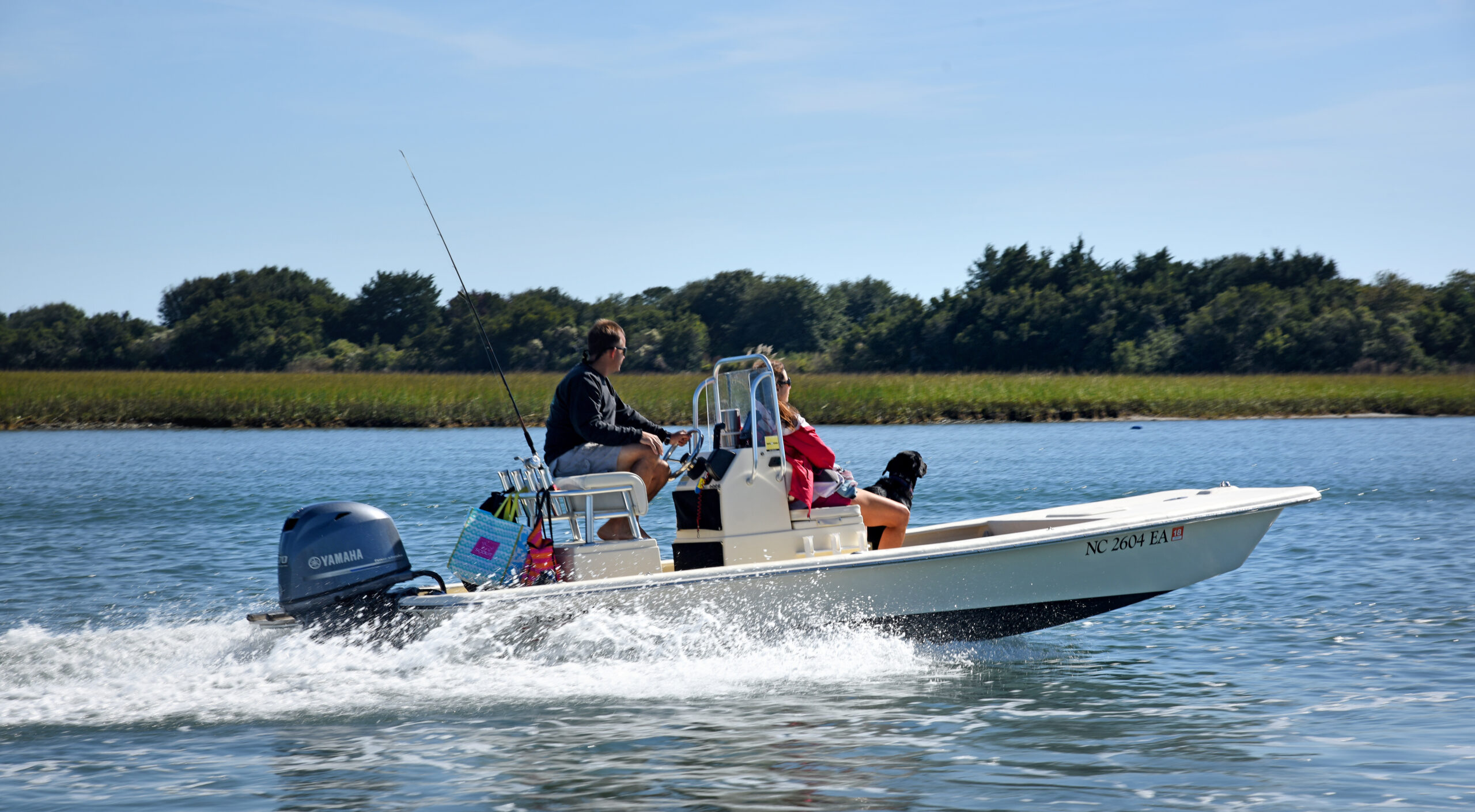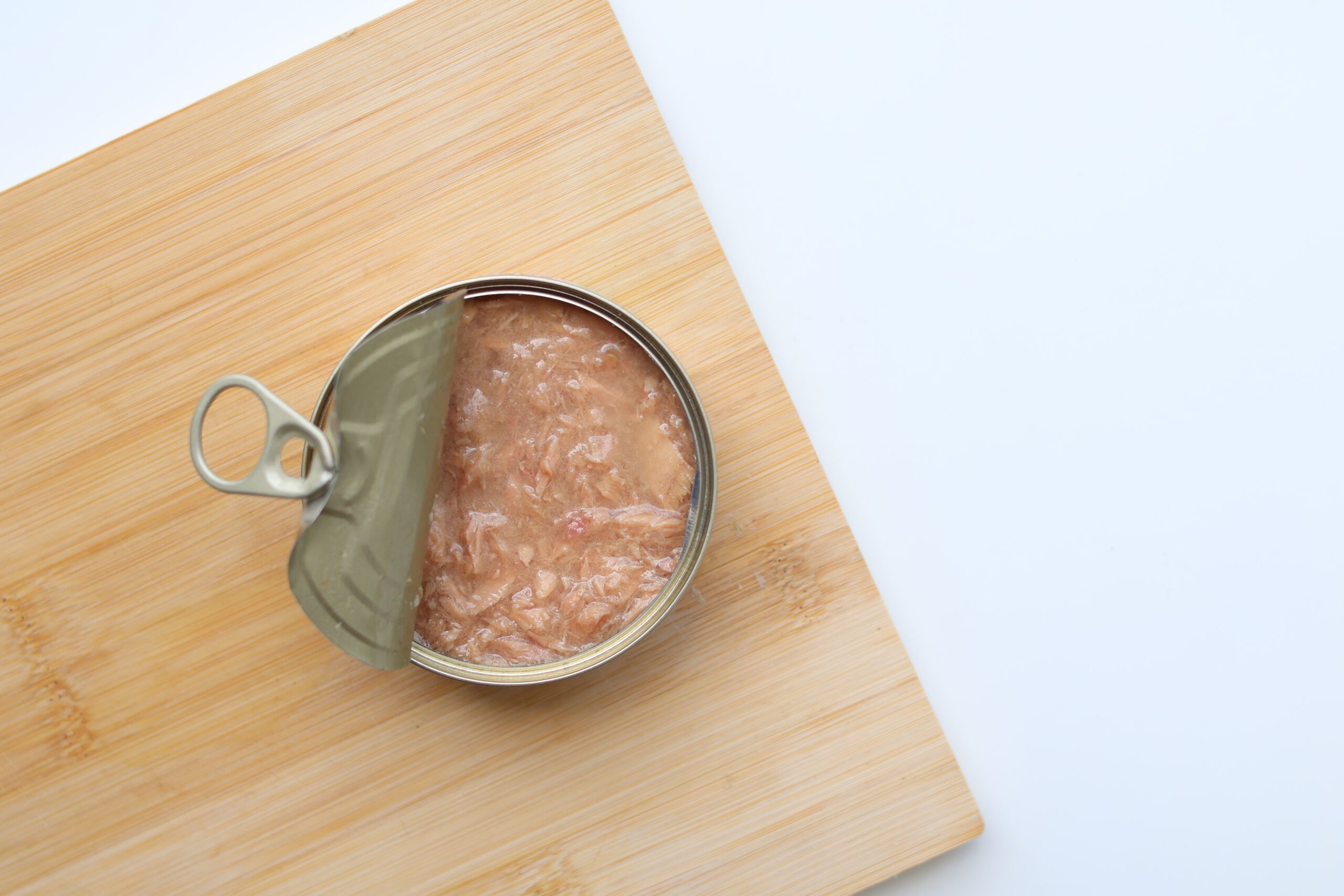Boating Under the Influence Can Be Lethal

Any level of alcohol intake increases the risk of death on the water.
According to the American Boating Association, the 4th of July holiday is the busiest — and often deadliest — time of the entire boating season. Alcohol consumption compounds the danger for anglers and others.
When we conducted our assessment of the education needs of anglers, the results confirmed they were interested in boating safety. Safe boating practices, of course, can impact everyone on the water.
The study we profile below is still considered a seminal review article for this subject. According to the journal that published the study, people have viewed the article abstract more than 11,000 times.
Research Need
Have you ever spent a relaxing day out on the water and decided to have a drink or two? Would you still drink the occasional beer knowing it increased your risk of drowning? Alcohol is an important risk associated with drowning while boating. This study aimed to determine to what extent alcohol increased this danger.
What did they study?
Researchers looked at databases of scientific articles that included such keywords as “drowning” and “alcohol.” They included every article published up until October 2003, with the oldest dated 1959. Then, they separately analyzed drowning deaths that occurred during boating activities by looking at recorded blood alcohol levels and, in turn, examined these cases further, assessing whether alcohol was a causal or contributing factor.
What did the results show?
Researchers concluded that alcohol contributed to between 10 percent and 30 percent of all recreational drowning deaths. In fact, 30 to 70 percent of drowning victims had measurable blood alcohol levels after death. The range was broad, because blood alcohol levels can increase after death due to decomposition and also can decrease before death as natural metabolic processes occur.
What else did they find?
The risk of death associated with boating increases at all blood alcohol levels. For example, a blood alcohol level of 0.1 grams per 100 milliliters increases your risk of death during recreational boating tenfold.
Everyone absorbs and metabolizes alcohol at different rates. But for the average male weighing 196 pounds, this blood-alcohol level would be obtained after consuming six 12-ounce cans of U.S. domestic beer (5.0 percent alcohol) over a 2.5-hour period. Of course, it is important to clarify that 0.1 g/100 mL is above the blood alcohol limit in all 50 states.
Anything else?
Further research, with more consistent data collection, would be valuable in determining a more precise relationship between drinking and boating deaths. Meanwhile, next time you’re out on your boat, it would be wise to stay sober.
Reading
Driscoll, T., Harrison, J. and Steenkamp, M. (2004). Review of the role of alcohol in drowning associated with recreational aquatic activity. Injury Prevention, 10(2), pp.107-113.
Summary compiled by Caitlin Cunningham and Scott Baker
Above photo: Heading down the Intracoastal Waterway near Figure Eight Island, by Roger Winstead
The text from Hook, Line & Science is available to reprint and republish, but only in its entirety and with this attribution: Hook, Line & Science, courtesy of Scott Baker and Sara Mirabilio, North Carolina Sea Grant. HookLineScience.com
The above photo is available to use in conjunction with this blopgpost and with this credit: Roger Winstead.



